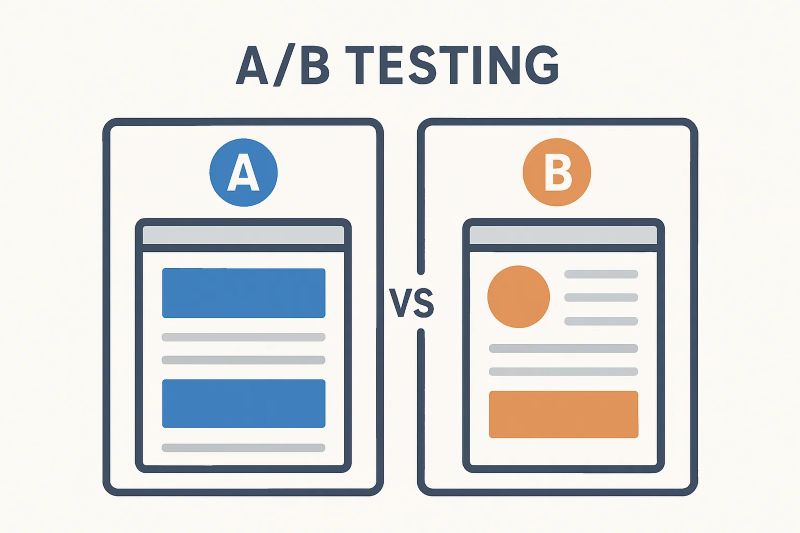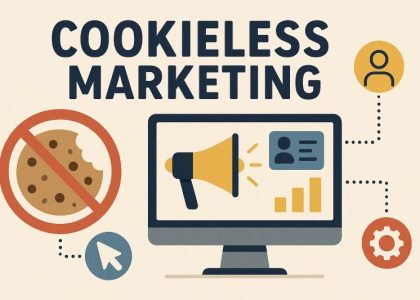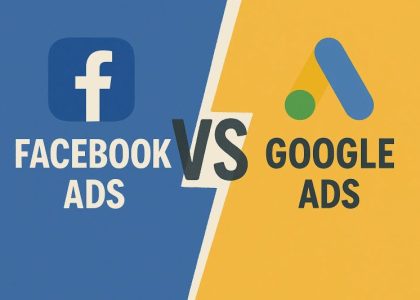Introduction
A/B testing has become essential in 2025, as digital marketing grows more competitive and data takes center stage. It’s one of the most powerful tools for making informed, data-driven decisions. Whether you’re optimizing a website, fine-tuning an email campaign, or improving ad performance, A/B testing shows you exactly what works—and what doesn’t.
This guide walks you through how to run smarter, more effective A/B tests that help boost conversions and maximize ROI in today’s fast-moving digital world.
What is A/B Testing?
A/B testing, also known as split testing, compares two versions of a digital asset—like a webpage, email, ad, or app feature—to determine which performs better. You show version A to one group of users and version B to another, then analyze the outcomes based on a specific goal such as clicks, sign-ups, or sales.
Example:
Want to improve your call-to-action? You could test “Get Started” against “Start Your Free Trial” to see which button drives more conversions.
Why A/B Testing Matters in 2025
With the rise of AI-driven analytics, increasing customer expectations, and a stronger focus on personalization, A/B testing is no longer optional—it’s essential.
Here’s why A/B testing is critical in 2025:
- User behavior constantly evolves
- AI simplifies test creation and data analysis
- Real-time insights enable quicker decisions
- Even small improvements lead to major gains
In short, smart marketers test everything—from subject lines to pricing strategies—to stay competitive and relevant.
Key Benefits of A/B Testing
✅ Increased Conversions
Data-backed choices replace assumptions, helping you focus on what really works.
✅ Better User Experience
A/B testing helps refine layout, speed, and design to align with your users’ expectations.
✅ Lower Bounce Rates
Understand what keeps users engaged and adjust content accordingly.
✅ Improved ROI
Higher engagement and conversions lead to stronger returns on your marketing spend.
What You Can A/B Test
A/B testing can be applied across almost every touchpoint in your marketing funnel. Here’s a list of commonly tested elements:
- Headlines
- CTA buttons
- Images or videos
- Email subject lines
- Landing page layouts
- Ad copy
- Pricing strategies
Testing one element at a time gives you clarity on what drives user behavior and conversions.
A/B Testing in 2025: What’s New?
Thanks to AI and automation, modern A/B testing tools are smarter and faster than ever. Here’s what sets 2025 testing apart:
- AI-generated test variants
- Predictive performance modeling
- Multichannel testing (web, app, email, ads)
- Real-time audience segmentation
These advancements help marketers test more effectively and make better decisions in less time.
How to Run a Smart A/B Test
Step 1: Define Your Goal
Start with a clear objective—like increasing email sign-ups, reducing bounce rate, or improving CTR.
Step 2: Test One Variable at a Time
Don’t change too much at once. Focus on a single variable—such as headline text, CTA color, or form placement.
Step 3: Split Your Audience
Randomly divide users into two statistically similar groups to ensure unbiased results.
Step 4: Run the Test Long Enough
Allow the test to gather enough data. Ending it too soon may lead to inaccurate conclusions.
Step 5: Analyze the Results
Use relevant metrics like conversion rate, session duration, or revenue to determine the winning version.
Step 6: Apply and Repeat
Implement the better-performing version, and then move on to test other elements. Continuous testing is key to ongoing growth.
Top A/B Testing Tools in 2025
Modern tools come packed with AI, real-time analytics, and user-friendly interfaces. Here are some of the top choices for 2025:
- Google Optimize 360
- Optimizely
- VWO (Visual Website Optimizer)
- Adobe Target
- Convert
- Unbounce
- HubSpot A/B Testing
Each tool offers different features, so choose one that aligns with your needs, budget, and tech stack.
Common A/B Testing Mistakes to Avoid
Avoid these pitfalls for accurate and actionable results:
- Testing multiple elements at once
- Ending the test before collecting enough data
- Ignoring mobile vs. desktop behavior
- Not segmenting your audience
- Skipping documentation of learnings
Pro Tip: Keep a testing journal to track what worked and why—it will save time in future tests.
Final Thoughts
In 2025, A/B testing is more than a tactic—it’s a must-have strategy for growth. Leading marketers use it to make smart decisions, sharpen campaigns, and scale faster.
With the right tools, clear objectives, and a structured approach, you can optimize every part of your digital marketing funnel and deliver experiences that convert.
Don’t guess. Test.





